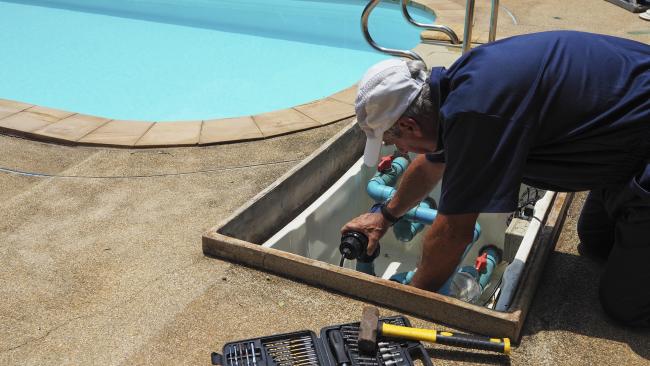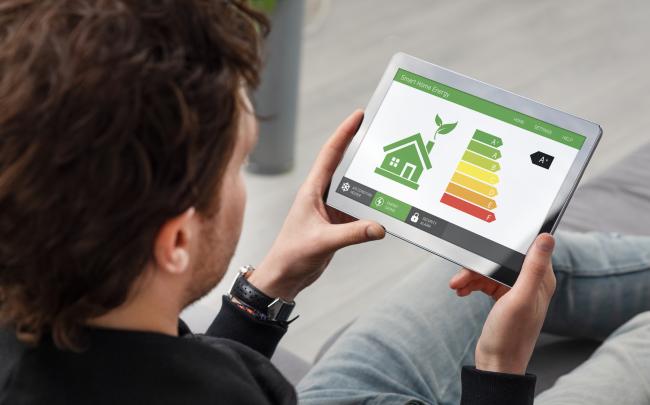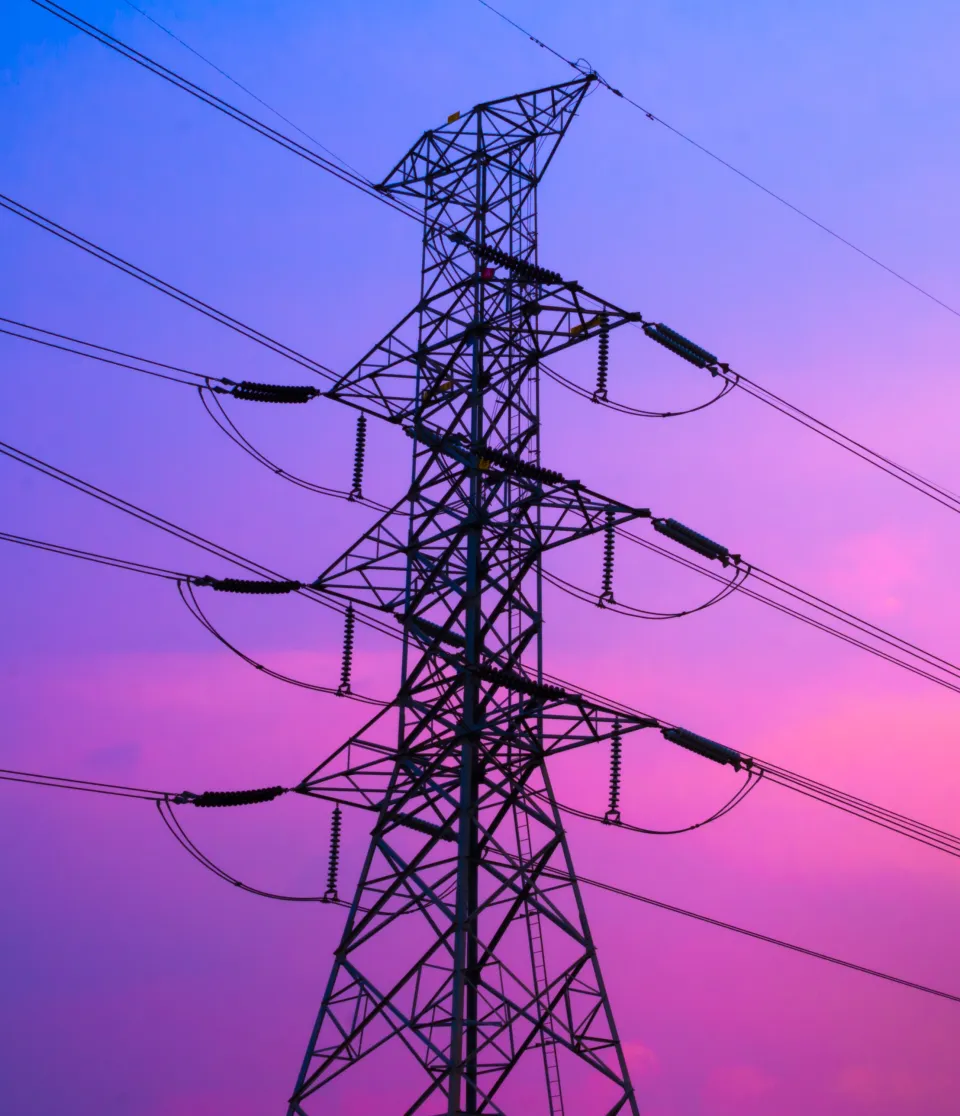More about the PDRS
A PRC is a tradeable certificate. ACPs create PRCs from eligible activities. Scheme participants surrender PRCs.

The PDRS Rule applies to ACPs and their peak demand reduction activities. It is updated regularly.

Find out more about the legal framework governing the PDRS.

PDRS calculation methods
A calculation method sets out how to calculate the number of PRCs an ACP can create from an activity.




